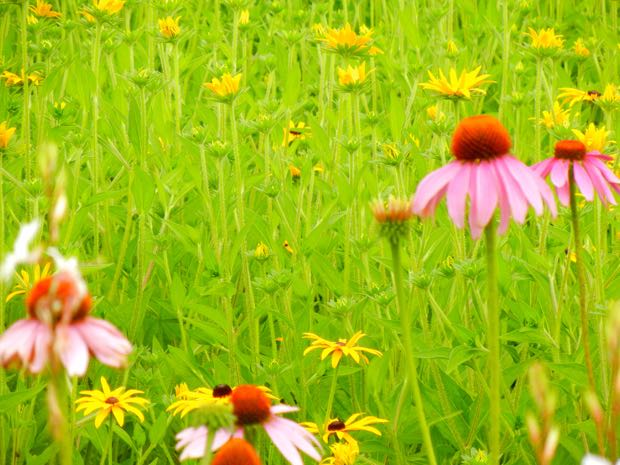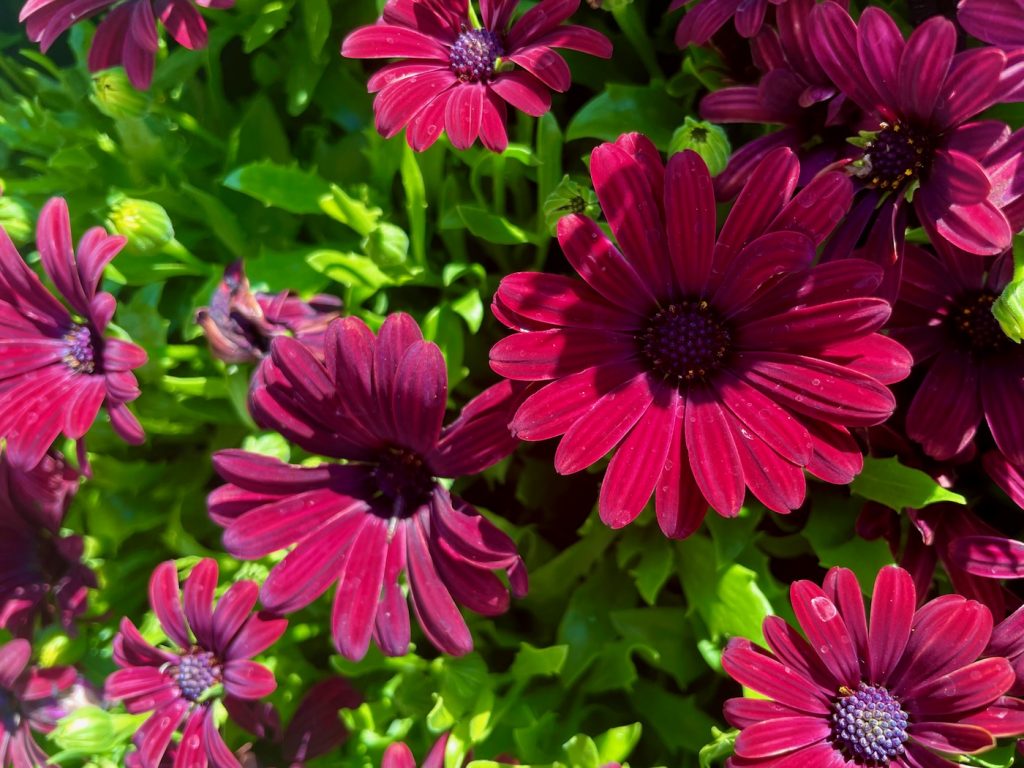Echinacea Purpurea: Unveiling the Beauty and Medicinal Power
Echinacea purpurea, commonly known as Purple Coneflower, is a stunning and versatile flowering plant that belongs to the Asteraceae family. With its vibrant purple petals and remarkable medicinal properties, Echinacea purpurea has captured the attention of plant enthusiasts and health-conscious individuals alike. Let’s delve into the fascinating background, characteristics, cultivation, and benefits of this remarkable plant.
Background and Origin:
Echinacea purpurea is native to North America, particularly the central and eastern regions of the United States. Indigenous tribes of North America, including the Plains Indians, have long revered this plant for its healing properties. Its traditional use by Native Americans caught the attention of European settlers, who later introduced it to the broader world.
First Published or Discovery Information:
The discovery and utilization of Echinacea purpurea by indigenous tribes date back centuries, but it gained recognition in the modern world during the late 19th century. Dr. H.C.F. Meyer, a German physician, extensively studied its medicinal properties and introduced it to the European medical community in the early 20th century. Since then, Echinacea purpurea has gained popularity and has been widely cultivated for its health benefits.
Characteristics and Description:
Echinacea purpurea is a herbaceous perennial that typically grows to a height of 2 to 5 feet (60 to 150 cm). Its distinctive features include sturdy stems, rough leaves, and captivating daisy-like flowers. The petals of Echinacea purpurea display a striking purple hue, often accompanied by a prominent cone-shaped center. The fragrance of its flowers varies, with some individuals noting a mild, pleasant scent.
Flowering Season:
The flowering season of Echinacea purpurea typically spans from early to late summer, delighting gardens and landscapes with its colorful blooms. During this period, the plant showcases an abundance of radiant flowers, attracting pollinators like bees and butterflies.
Cultivation of Echinacea purpurea:
Sunlight: Echinacea purpurea thrives in full sun but can tolerate partial shade.
Watering: While established plants are drought-tolerant, it is essential to provide regular watering during prolonged dry periods.
Soil: Well-drained soil is crucial for the successful cultivation of Echinacea purpurea. It prefers loamy or sandy soil enriched with organic matter.
Pests and Disease: Echinacea purpurea is relatively resistant to pests and diseases. However, it may occasionally encounter issues such as aphids, powdery mildew, or root rot. Practicing good garden hygiene and monitoring for any signs of pests or diseases will help maintain the plant’s health.
Propagation: Echinacea purpurea can be propagated through seeds or division. Seeds can be sown in late winter or early spring, while division is typically done in early spring or early autumn.
Medicinal Benefits:
Echinacea purpurea is renowned for its potential health benefits. Scientific research suggests that it may support the immune system and contribute to overall well-being. It is often used as a natural remedy for the common cold, flu, and respiratory infections. Additionally, Echinacea purpurea is believed to possess anti-inflammatory and antioxidant properties, making it a valuable herbal supplement in various traditional and alternative health practices.
As with any herbal supplement, it is advisable to consult with a healthcare professional before using Echinacea purpurea, especially if you have any underlying health conditions or are taking medications.







